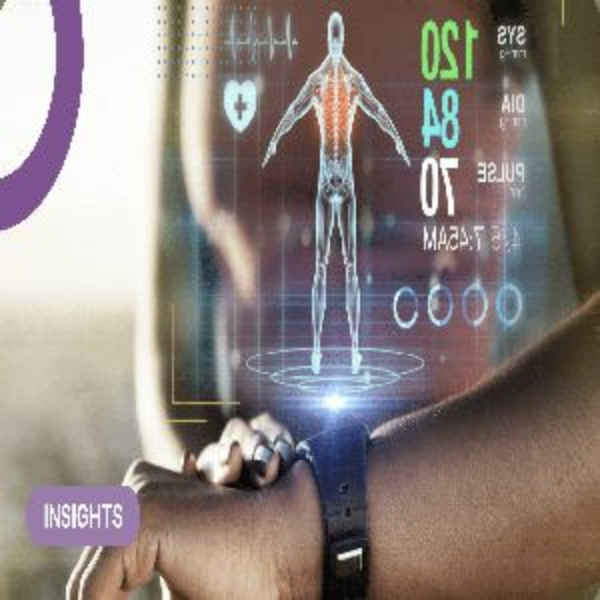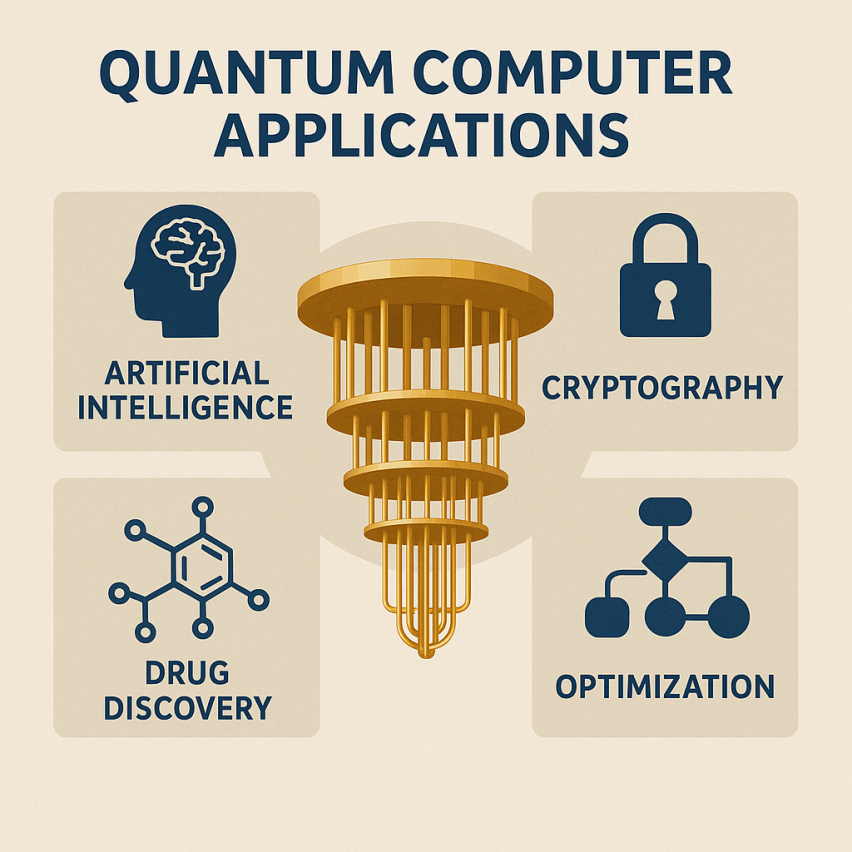Unveiling the Efficacy of Digital Therapies
In a time when technology is part of everything we do, digital therapies have arisen as an innovative method in healthcare. However, do they really fulfill their claims? Let's explore the facts.

Mental Health Breakthroughs
Digital therapy innovations have greatly focused on mental health. A noteworthy example is the first experiment with generative AI therapy, known as Therabot, created by researchers from Dartmouth College. In a clinical study that lasted eight weeks and included 210 individuals dealing with depression, anxiety, or at risk for eating disorders, the results were impressive. Those using Therabot reported a 51% decrease in depression symptoms, a 31% reduction for anxiety sufferers, and a 19% decrease in body-image and weight worries among those at risk for eating disorders. These outcomes matched what was seen in randomized controlled trials after 16 hours of traditional therapy, yet were achieved in about half the time. This suggests that digital therapies can effectively support mental health, particularly given that many people struggle to access conventional therapy.

Digital Therapies in Action: Key Applications
Digital therapies are emerging as a valuable tool for managing long-term health issues and supporting interventions for autism spectrum disorder (ASD). In a single-blind randomized controlled trial conducted by Peking University First Hospital, researchers discovered that smartphone-based digital cognitive-behavioral therapy for insomnia (DCBT-I) was superior to traditional sleep education in reducing insomnia severity, enhancing sleep quality, and improving overall mood and quality of life. The positive effects lasted for three to six months after treatment, proving particularly useful in areas with limited access to specialized healthcare.
For ASD intervention, applications that link parents with rehabilitation experts offer valuable remote support, improving children's language skills, minimizing unproductive home practices, and acting as a beneficial resource.
Challenges to Widespread Efficacy
Nonetheless, obstacles continue to exist. The rules governing these areas are complicated; for instance, in the United States, the FDA’s Software Pre-Certification Pilot Program simplifies minor updates but is still quite challenging. Meanwhile, in China, digital therapies do not fit neatly within the standard classifications for medical devices, making it hard to enter the market.
It is essential to address data security and privacy, as breaches could lead to the misuse of sensitive health information, damaging trust. Leaks from mental health applications present considerable dangers.Moreover, many studies are in their early phases and involve small participant groups or controlled environments, which restricts the ability to generalize their findings. Various factors, such as cultural differences, technology understanding, and access, might influence how outcomes vary among different populations.
The Future: Promise with Action
While the future holds great potential, it is essential to tackle these challenges. By incorporating AI, we could provide personalized treatments; however, it’s important to enhance regulations, focus on data safety, and include a wider range of participants in studies. Although digital therapies are not a complete solution, they can deliver tailored, accessible, and effective healthcare services when they are well-designed, regulated, and executed, particularly for those willing to invest more in their health.






